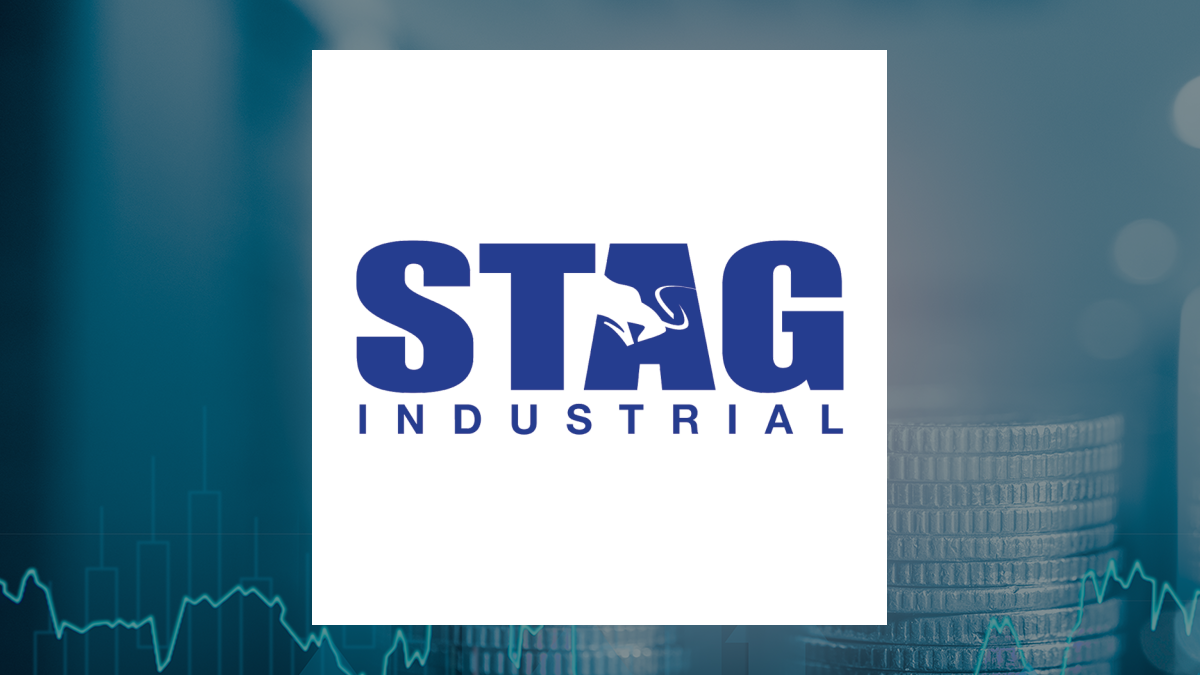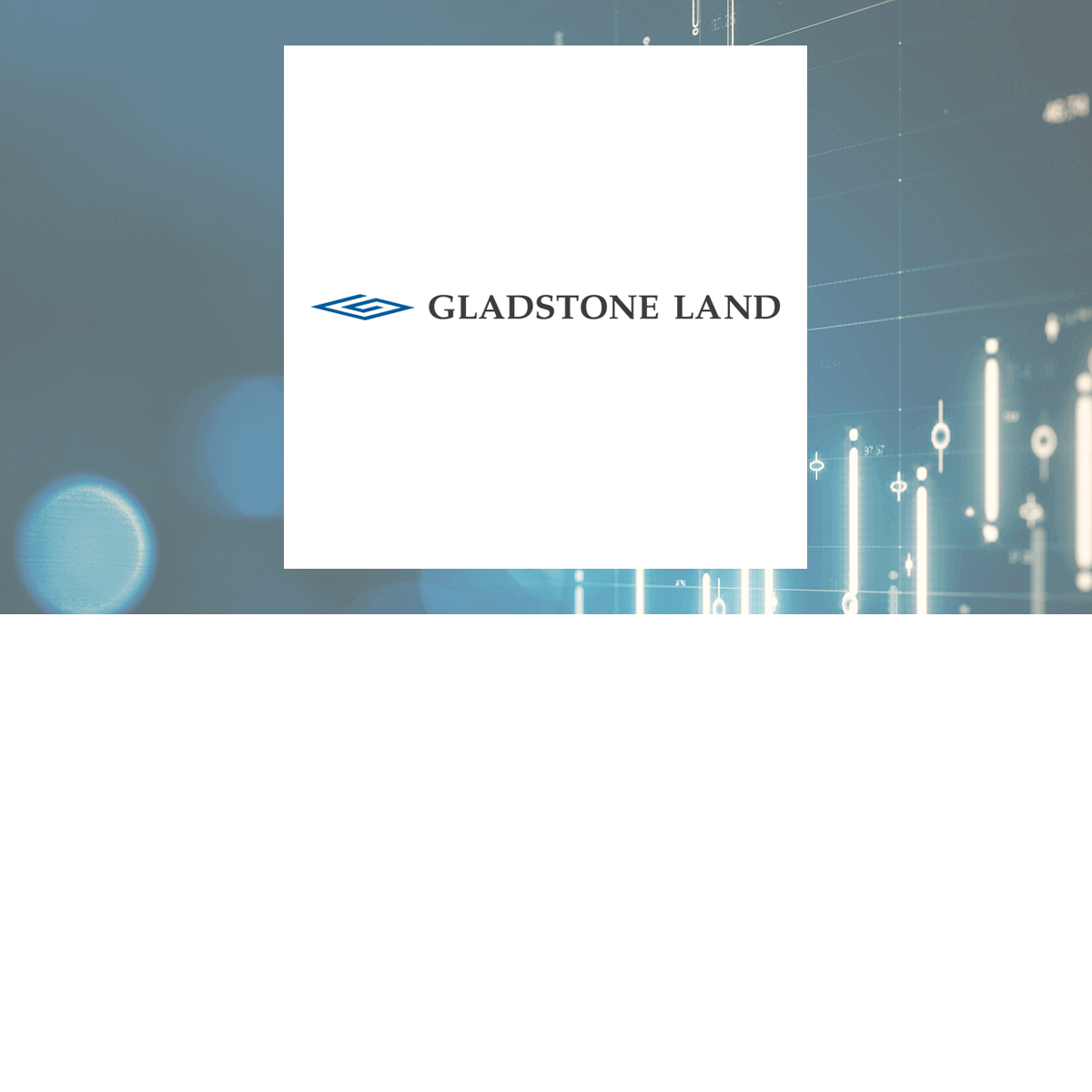Stag Industrial (NYSE:STAG – Get Free Report) and Gladstone Land (NASDAQ:LAND – Get Free Report) are both finance companies, but which is the better investment? We will contrast the two businesses based on the strength of their profitability, valuation, analyst recommendations, dividends, risk, institutional ownership and earnings.
Dividends
Stag Industrial pays an annual dividend of $1.49 per share and has a dividend yield of 3.9%. Gladstone Land pays an annual dividend of $0.56 per share and has a dividend yield of 5.8%. Stag Industrial pays out 114.6% of its earnings in the form of a dividend, suggesting it may not have sufficient earnings to cover its dividend payment in the future. Gladstone Land pays out -254.5% of its earnings in the form of a dividend. Stag Industrial has increased its dividend for 7 consecutive years and Gladstone Land has increased its dividend for 2 consecutive years. Gladstone Land is clearly the better dividend stock, given its higher yield and lower payout ratio.
Valuation and Earnings
This table compares Stag Industrial and Gladstone Land”s revenue, earnings per share (EPS) and valuation.
| Gross Revenue | Price/Sales Ratio | Net Income | Earnings Per Share | Price/Earnings Ratio | |
| Stag Industrial | $823.61 million | 8.71 | $189.22 million | $1.30 | 29.56 |
| Gladstone Land | $67.98 million | 5.26 | $13.29 million | ($0.22) | -43.64 |
Stag Industrial has higher revenue and earnings than Gladstone Land. Gladstone Land is trading at a lower price-to-earnings ratio than Stag Industrial, indicating that it is currently the more affordable of the two stocks.
Profitability
This table compares Stag Industrial and Gladstone Land’s net margins, return on equity and return on assets.
| Net Margins | Return on Equity | Return on Assets | |
| Stag Industrial | 29.24% | 6.82% | 3.52% |
| Gladstone Land | 10.69% | 1.14% | 0.60% |
Insider & Institutional Ownership
88.7% of Stag Industrial shares are owned by institutional investors. Comparatively, 53.6% of Gladstone Land shares are owned by institutional investors. 1.1% of Stag Industrial shares are owned by company insiders. Comparatively, 7.2% of Gladstone Land shares are owned by company insiders. Strong institutional ownership is an indication that endowments, hedge funds and large money managers believe a company will outperform the market over the long term.
Volatility & Risk
Stag Industrial has a beta of 0.95, meaning that its stock price is 5% less volatile than the S&P 500. Comparatively, Gladstone Land has a beta of 1.14, meaning that its stock price is 14% more volatile than the S&P 500.
Analyst Ratings
This is a breakdown of current recommendations and price targets for Stag Industrial and Gladstone Land, as reported by MarketBeat.
| Sell Ratings | Hold Ratings | Buy Ratings | Strong Buy Ratings | Rating Score | |
| Stag Industrial | 0 | 6 | 3 | 0 | 2.33 |
| Gladstone Land | 1 | 1 | 1 | 1 | 2.50 |
Stag Industrial currently has a consensus target price of $38.89, indicating a potential upside of 1.20%. Gladstone Land has a consensus target price of $10.00, indicating a potential upside of 4.17%. Given Gladstone Land’s stronger consensus rating and higher possible upside, analysts plainly believe Gladstone Land is more favorable than Stag Industrial.
Summary
Stag Industrial beats Gladstone Land on 11 of the 18 factors compared between the two stocks.
About Stag Industrial
 STAG Industrial, Inc. is a real estate investment company, which engages in acquiring, owning, and managing single-tenant, industrial real estate assets. It offers industrial real estate operating platform to real estate ownership. The company was founded by Benjamin S. Butcher on July 21, 2010 and is headquartered in Boston, MA.
STAG Industrial, Inc. is a real estate investment company, which engages in acquiring, owning, and managing single-tenant, industrial real estate assets. It offers industrial real estate operating platform to real estate ownership. The company was founded by Benjamin S. Butcher on July 21, 2010 and is headquartered in Boston, MA.
About Gladstone Land
 Founded in 1997, Gladstone Land is a publicly traded real estate investment trust that acquires and owns farmland and farm-related properties located in major agricultural markets in the U.S. and leases its properties to unrelated third-party farmers. The Company, which reports the aggregate fair value of its farmland holdings on a quarterly basis, currently owns 169 farms, comprised of approximately 116,000 acres in 15 different states and over 45,000 acre-feet of banked water in California, valued at a total of approximately $1.6 billion. Gladstone Land’s farms are predominantly located in regions where its tenants are able to grow fresh produce annual row crops, such as berries and vegetables, which are generally planted and harvested annually. The Company also owns farms growing permanent crops, such as almonds, apples, cherries, figs, lemons, olives, pistachios, and other orchards, as well as blueberry groves and vineyards, which are generally planted every 20-plus years and harvested annually. Approximately 40% of the Company’s fresh produce acreage is either organic or in transition to become organic, and over 10% of its permanent crop acreage falls into this category. The Company may also acquire property related to farming, such as cooling facilities, processing buildings, packaging facilities, and distribution centers. Gladstone Land pays monthly distributions to its stockholders and has paid 129 consecutive monthly cash distributions on its common stock since its initial public offering in January 2013. The Company has increased its common distributions 32 times over the prior 35 quarters, and the current per-share distribution on its common stock is $0.0464 per month, or $0.5568 per year.
Founded in 1997, Gladstone Land is a publicly traded real estate investment trust that acquires and owns farmland and farm-related properties located in major agricultural markets in the U.S. and leases its properties to unrelated third-party farmers. The Company, which reports the aggregate fair value of its farmland holdings on a quarterly basis, currently owns 169 farms, comprised of approximately 116,000 acres in 15 different states and over 45,000 acre-feet of banked water in California, valued at a total of approximately $1.6 billion. Gladstone Land’s farms are predominantly located in regions where its tenants are able to grow fresh produce annual row crops, such as berries and vegetables, which are generally planted and harvested annually. The Company also owns farms growing permanent crops, such as almonds, apples, cherries, figs, lemons, olives, pistachios, and other orchards, as well as blueberry groves and vineyards, which are generally planted every 20-plus years and harvested annually. Approximately 40% of the Company’s fresh produce acreage is either organic or in transition to become organic, and over 10% of its permanent crop acreage falls into this category. The Company may also acquire property related to farming, such as cooling facilities, processing buildings, packaging facilities, and distribution centers. Gladstone Land pays monthly distributions to its stockholders and has paid 129 consecutive monthly cash distributions on its common stock since its initial public offering in January 2013. The Company has increased its common distributions 32 times over the prior 35 quarters, and the current per-share distribution on its common stock is $0.0464 per month, or $0.5568 per year.
Receive News & Ratings for Stag Industrial Daily - Enter your email address below to receive a concise daily summary of the latest news and analysts' ratings for Stag Industrial and related companies with MarketBeat.com's FREE daily email newsletter.
